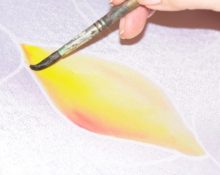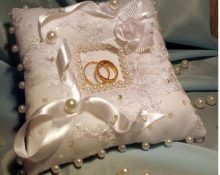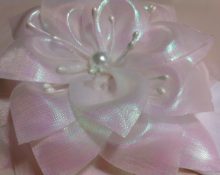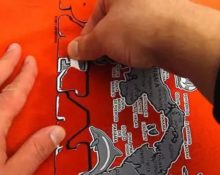Throwing plain old clothes on rags just because they look dull is irrational. You can give this thing another life and update your wardrobe with it. At the same time, this is quite simple to do. If you have a light, plain T-shirt lying around somewhere that you no longer wear because the item is inexpressive and dull. And I want to show individuality in my appearance, this will be the palette for creating a masterpiece.
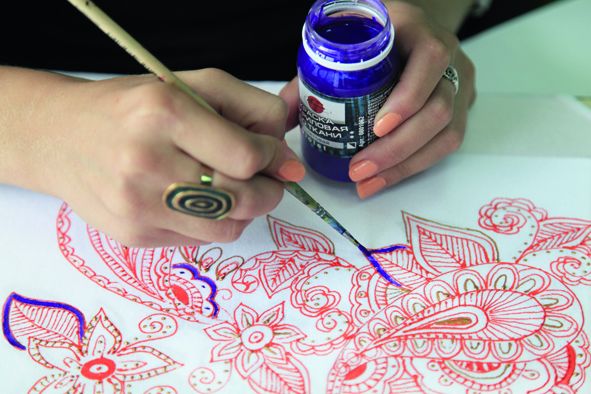
What kind of fabric can you make a design on?
If we recommend the choice of coloring compositions for different materials to novice craftsmen, then we must say that there are no restrictions for painting with acrylic paints. Thus, it is possible to decorate any items made from denim, textiles, linen, or silk fabric. When choosing, it is necessary to take into account that the areas painted with paint will acquire a more compacted structure.
As a rule, manufacturers of dyeing compositions for fabrics indicate the recommended type of material on the packaging of tubes and cans:
- The “Textile” marking means that this type of paint is best suited for painting thick fabric, leather goods, and suede. Coloring will be easy. You just need to use the appropriate means.
- If the package is marked “Silk”, then this paint is used for dyeing thin and soft material, for example, chiffon or silk.
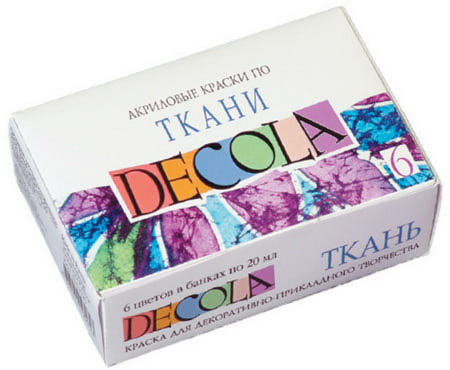
Dense matter is best painted with acrylic compounds using a stencil. In this case, the pattern will receive clear contours with a rich color pattern. Anyone can learn how to paint. Why you don’t need to have an art education.
Important! In specialized stores or on the Internet, you can choose stencils with geometric patterns, animal figures, floral prints and other designs.
Ways to make a design on fabric
Patterns on fabric are made in various ways. Any of the drawing options will depend on the tool used and the type of paint:
- Creating a relief surface simultaneously with painting with brushes.
- Screen printing using different foam pads.
- Applying the image with brushes.
Drawing on fabric: step-by-step instructions
Clothes must be leveled on a hard surface. A flat board or cardboard is placed under the fabric. In this case, the clothes are not just laid out, but “dressed” on a “hoop” so that the pattern does not appear on both sides of this item of clothing (if this is not intended by the author).
You need to transfer the contours onto the material with a regular pencil. It is best to use a ready-made cut out template. In this case, the outline will be more accurate than one made by hand.

A special contour is then applied along the drawn lines: a thin strip of paint that limits the pattern, making it more distinct.You need to work inside the drawn outline with paints and a brush.
Watercolor paint is not suitable: it will wash off during the first rain or wash. It is advisable to use batik or acrylic compositions.
Carefully apply them to the surface with a brush, taking into account the outline of the pattern. Moreover, you need to work with adjacent elements more carefully, otherwise the colors may blur.

When the pattern is drawn, then in a straightened form you need to dry the applied coloring composition until it is absorbed into the texture and dries. To make the design last longer, you can iron it from the inside out.
You can draw a unique and original picture very simply using acrylic paints. Today this fascinating process is becoming quite popular. If you try to make such a masterpiece on your own, sometimes you simply cannot stop, the process is so drawn out.


 0
0